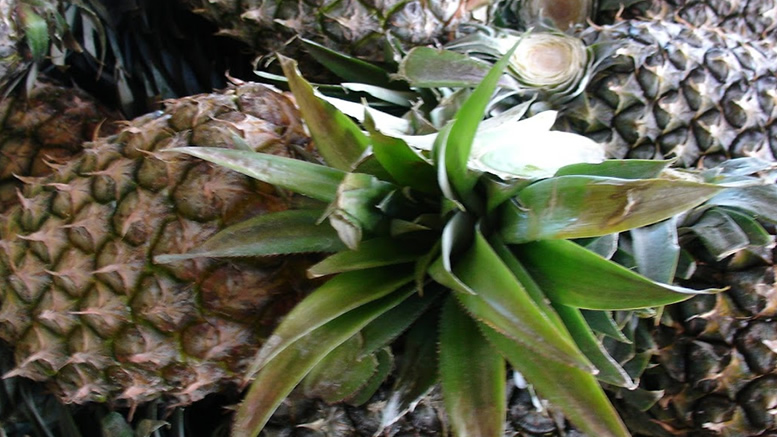The Pineapple (Ananas comosus), originating from Brazil, Bolivia, and Paraguay, is renowned for its tropical allure.
As a member of the bromeliad family, pineapple boasts a distinctive appearance, with thirty or more spined leaves encircling a robust stem. Its fruit, developed from the fusion of multiple smaller berries, features a tough, spikey exterior housing succulent white or yellow flesh, often with a fibrous core. This unique combination earned it the name “pineapple,” reminiscent of a pine cone, while its native Tupi moniker, “anana,” signifies “excellent fruit.”
With a history dating back to Christopher Columbus’ expeditions, pineapples have traversed continents through deliberate cultivation. Initially introduced to South and Central America and the West Indies by Spanish explorers, they gradually made their way to regions like the Philippines and Hawaii. The 18th-century saw the commencement of pineapple cultivation in European hothouses, facilitating its integration into diverse global cuisines.
A wide array of pineapple varieties caters to various tastes and preferences, including the tartness of Red Spanish and the sweetness of Del Monte Gold. Southeast Asia emerges as a dominant force in pineapple production, with Thailand and the Philippines leading the charge. From Asia to the world, pineapples find application in an array of culinary delights, adding a unique tanginess and versatility to desserts and savory dishes alike. Despite the delicate nature of fresh pineapples, canned options ensure their availability year-round, underscoring their enduring popularity and global appeal in culinary practices.

